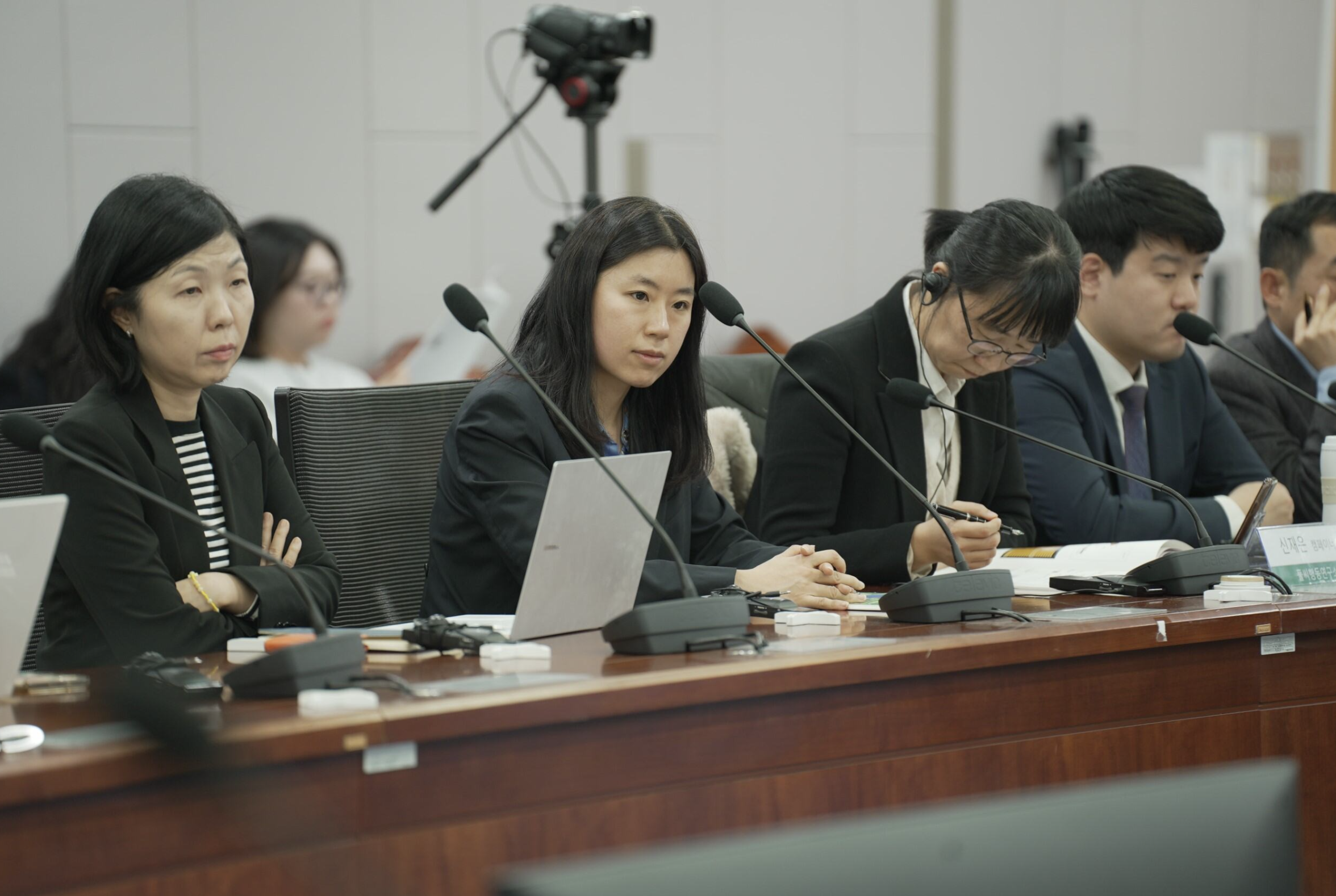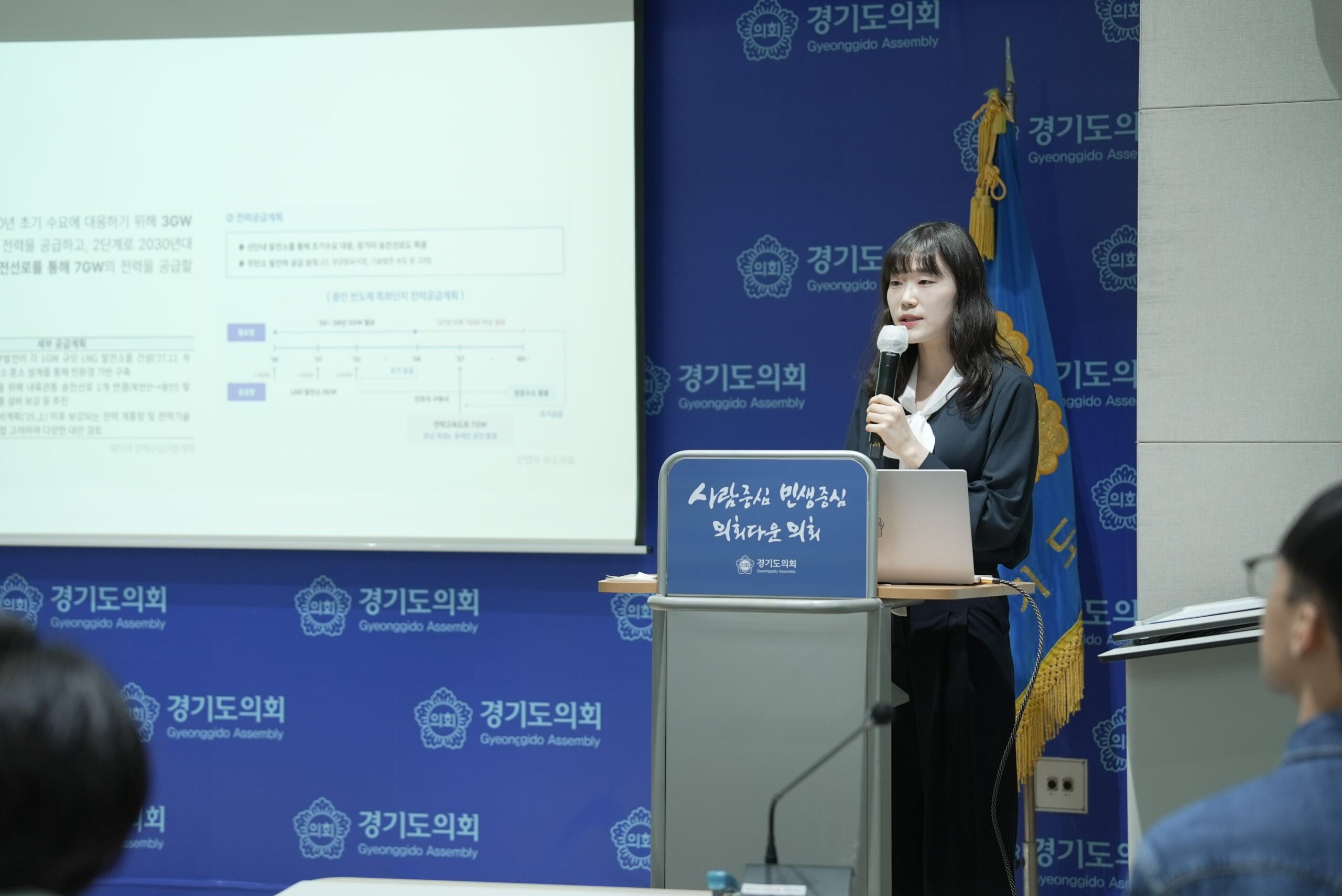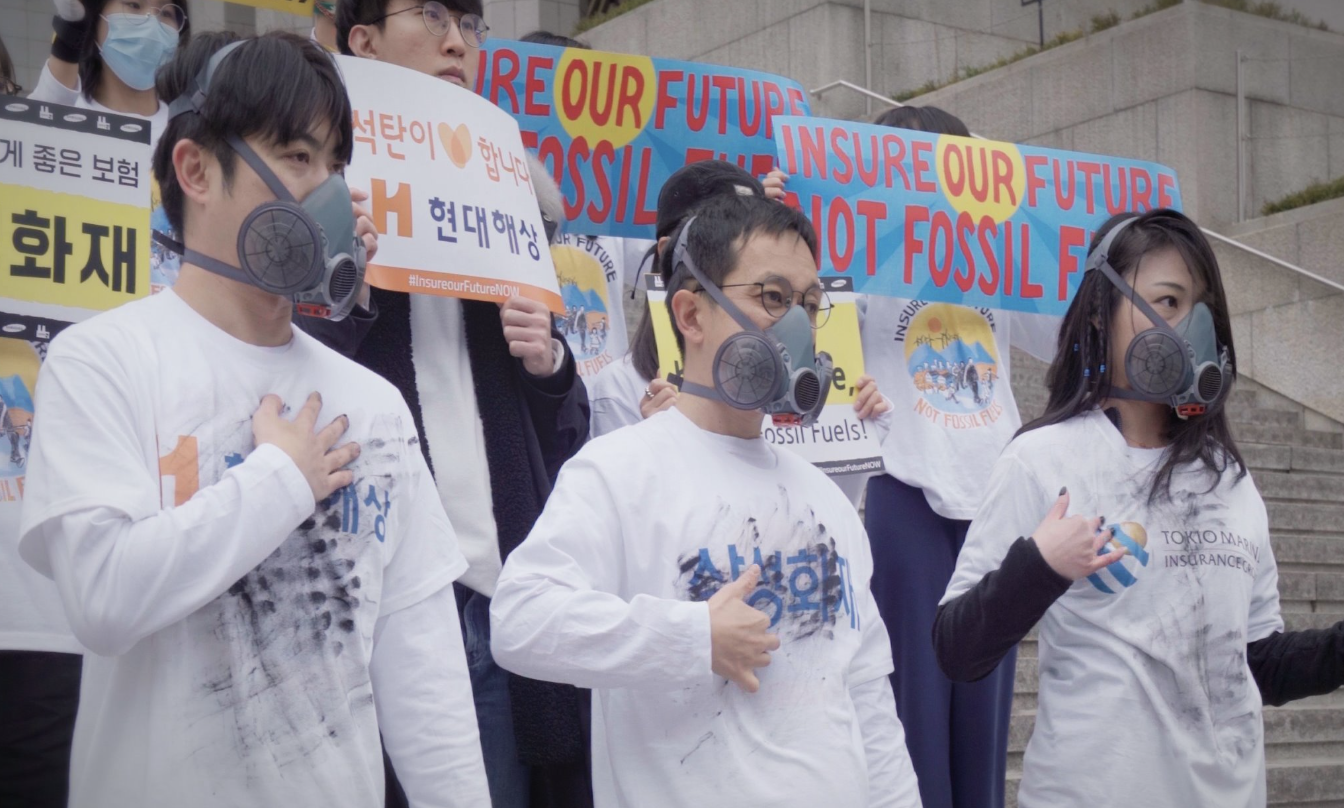The high number of premature deaths can be attributed to their location in urban centers. Most of Korea’s gas plants are located in Gyeonggi (43%) and Incheon (21%), which are considered part of the larger capital area, as well as Chungcheongnam-do (9%).
Lauri Myllyvirta, lead analyst of the Centre for Research on Energy and Clean Air (CREA), which contributed to the modelling of the report, said: "The high number of premature deaths from gas power plants shows that they are significant emitters of air pollutants. Ironically, the common perception that gas plants are 'clean' has led to locating many of these plants within densely populated urban centers, making the health impact worse. Gas plants are frequently turned on and off, rendering their emission control devices ineffective and further exacerbating their impacts. Considering the rising energy demand and urbanization in Asia, the global health impact of gas plants may be more significant than expected."
The premature mortality figures, however, may not show the full public health impacts of gas power. Lee added: “Our projection is a conservative estimation that does not include deaths from emissions from extraction, processing, liquefaction and transportation of gas. Gas emits large amounts of pollutants from the production process, meaning the number of deaths from gas power use across the supply chain may be even higher than projected.”
Despite the need to phase out fossil fuels to reach carbon neutrality, there is an emerging bridge from coal to gas globally. The installed capacity of gas plants around the world continues to increase, with 40GW added in 2020 alone. EU countries have been disputing whether gas deserves a place in its green taxonomy, and the Korean government has recently proposed
categorizing gas as an environmentally sustainable activity, which would make it eligible for green financing.
Lee concluded, “Burning gas, like coal, is a deadly way to produce electricity, and by no measure can be considered clean or green. It is critical that Korea cancels its plans to build new gas power plants including those being switched from old coal power plants, and supports a clean energy transition by not classifying gas as ‘green’ in its taxonomy.”
ENDS.
Solutions for Our Climate (SFOC) is a South Korea-based group that advocates for stronger climate change policies and transition towards a fossil-free society. SFOC is led by legal, economic, financial, and environmental experts with experience in energy and climate policy and works closely with policymakers.
For media inquiries, please reach out to:
Notes
1. This report used the CALPUFF air quality modeling system to estimate the dispersion of air pollutants from gas plants in South Korea in operation, under construction and set for construction. These results and population data were then applied to a health impact assessment method to quantify the related health impact.
2. The study compares the health impact under two scenarios: BAU and net-zero. The BAU scenario assumes that gas generation capacity would be expanded to 59.1GW by 2034 as per Korea’s 9th Basic Plan for Electricity, and that gas plants have a 30-year life expectancy. The net-zero scenario assumes that all gas plants are phased out by 2035 as recommended by the IEA. Under this assumption, power plants whose construction has yet to start are all withdrawn, and those in operation as of October 2021 are phased out sequentially by 2035, based on the construction year.
3. The cumulative health effects of gas plants were estimated under the aforementioned scenarios, and are shown in the table and graph below:
|
Premature death scenarios
|
Minimum
|
Median
|
Maximum
|
|
BAU scenario
|
12,100
|
23,200
|
35,000
|
|
Net-zero scenario
|
2,800
|
5,360
|
8,070
|





